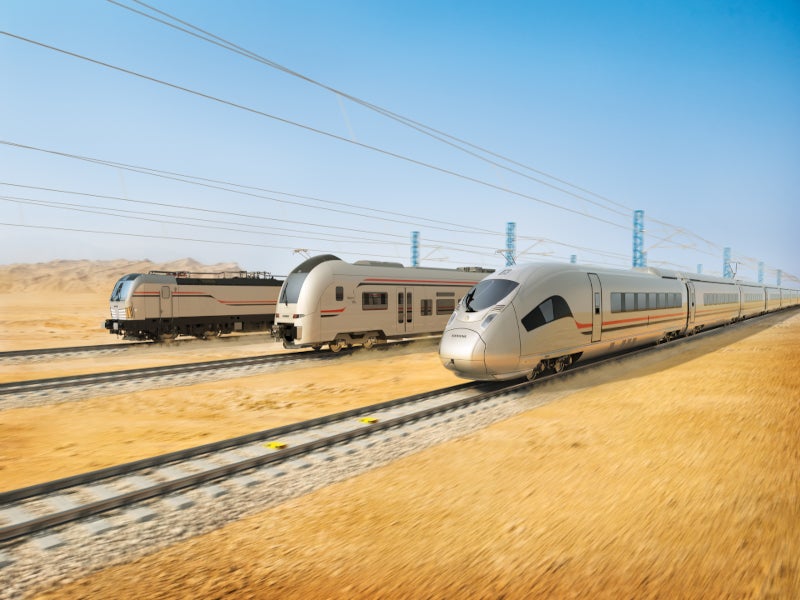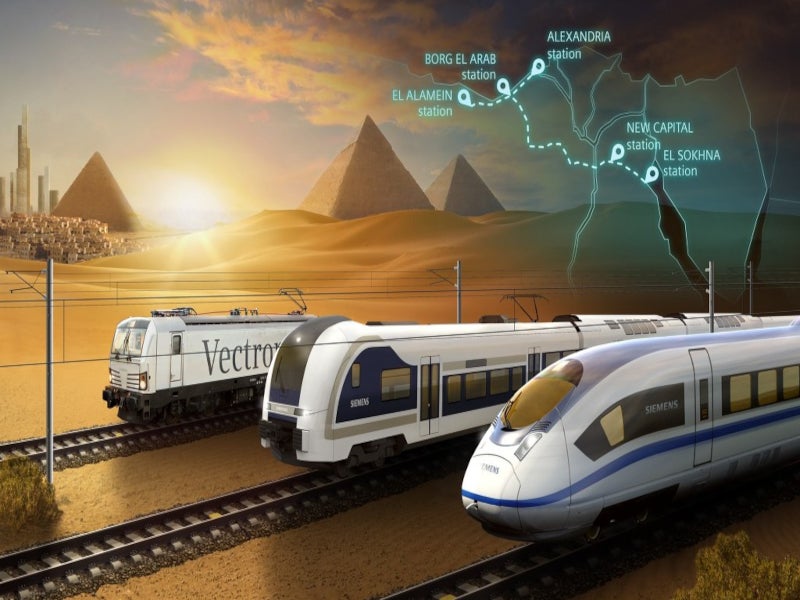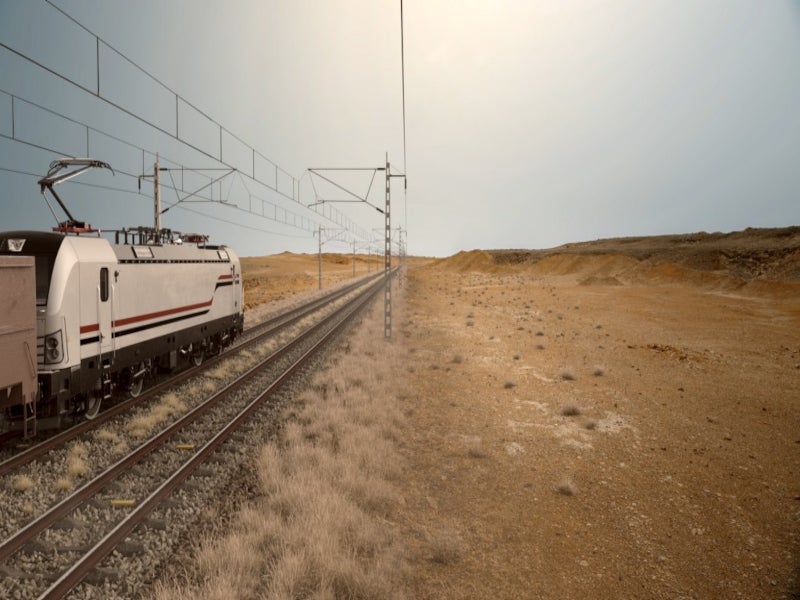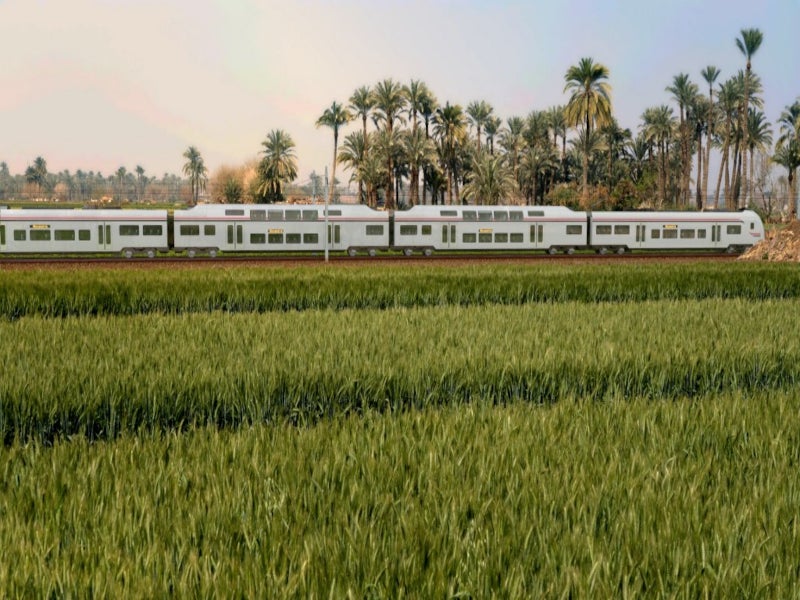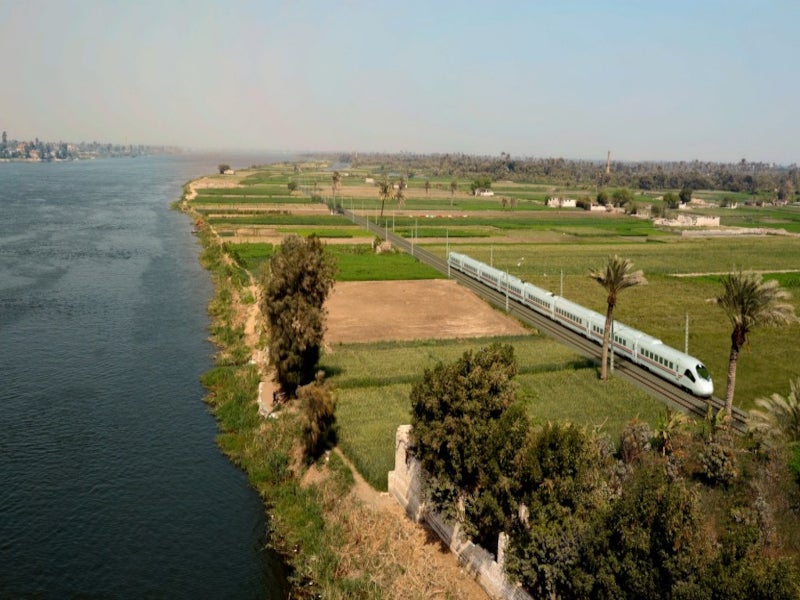Egypt’s National Authority for Tunnels (NAT) will develop a 1,800km-long integrated high-speed rail network in the Arab Republic of Egypt.
Named Suez Canal on tracks, the high-speed network will connect the Red Sea and the Mediterranean for the safe movement of passengers and goods.
The new railway network will allow trains to operate at a maximum speed of 250km/h. It represents the manifestation of Egypt’s plans to invest in a reliable high-speed rail network to transform public transportation in the country.
The sustainable, modern, railway system is expected to generate more than 18,800 direct and indirect jobs. The financial closure of the project is anticipated in 2022, while the first line is expected to be opened in 2023.
Details of the high-speed rail system in Egypt
The Egyptian high-speed rail network will be developed as a state-of-the-art integrated rail system with a high-speed, fully electrified main and freight rail line. The system will reduce the primary energy consumption while decreasing carbon emissions by 70% compared to car and bus transportation.
The rail system will feature the latest technology and comply with European standards. The European Train Control System (ETCS) Level 2-compliant signalling system will incorporate the latest computerised interlocking technology.
The 660km-long first line of the network will stretch between the Port of Sokhna on the Red Sea and the Mediterranean ports of Marsa Matrouh and Alexandria. It will cover 21 stations and is expected to transport more than 30 million people a year. The line will also reduce the travel time by up to 50%.
Two more lines will be part of the network, one of which will connect Luxor city in southern Egypt to Safaga port town via Hurghada along the Red Sea coast, while the other will link 6th of October City along the Nile River with Aswan.
Rolling stock for Egypt’s first high-speed rail system
The first line will be served by Siemens Mobility’s Velaro high-speed trains, Desiro high-capacity regional train sets, and Vectron freight locomotives.
The 400m-long Velaro high-speed train is a multiple-unit train set that can operate at a maximum speed of 360km/h. The arrangement of traction components underneath the train ensures the entire length above the floor is available for use, increasing the space for passengers.
Desiro is a lightweight high-capacity regional train set equipped with an intelligent vehicle control system. Specifically developed for commuter service in Great Britain, it reduces energy usage.
The Vectron locomotive can be used for both passenger and cargo services. It is available in alternating current (AC), direct current (DC), and multi-system (MS) variants within the 5.2MW, 5.6MW and 6.4MW power classes.
The trains will be equipped with modern security and communications systems to improve the passenger experience.
Contractors involved
The NAT signed a memorandum of understanding (MoU) with a consortium of German railway company Siemens Mobility and local firms Orascom Construction and The Arab Contractors (Osman Ahmed Osman & Co.) to design, install, and commission the high-speed rail system, in January 2021. The engineering, procurement, and construction (EPC) agreement also includes the provision of maintenance services for 15 years.
Siemens Mobility and its consortium partners signed a contract worth $4.5bn to deliver a comprehensive rail system for the project in September 2021. Siemens Mobility is responsible for supplying trains and subsystems while its partners will undertake the installation of the tracks. Additionally, Siemens will provide services such as system integration, project management, electrification, signalling and communication, ticketing, and maintenance of the trains and railway infrastructure.
The NAT will be responsible to build the bridges and facilitate the associated construction works for the project. The consortium also agreed to discuss and finalise the contracts to provide rail infrastructure, trains, and maintenance services for the two additional railway lines of the network.

